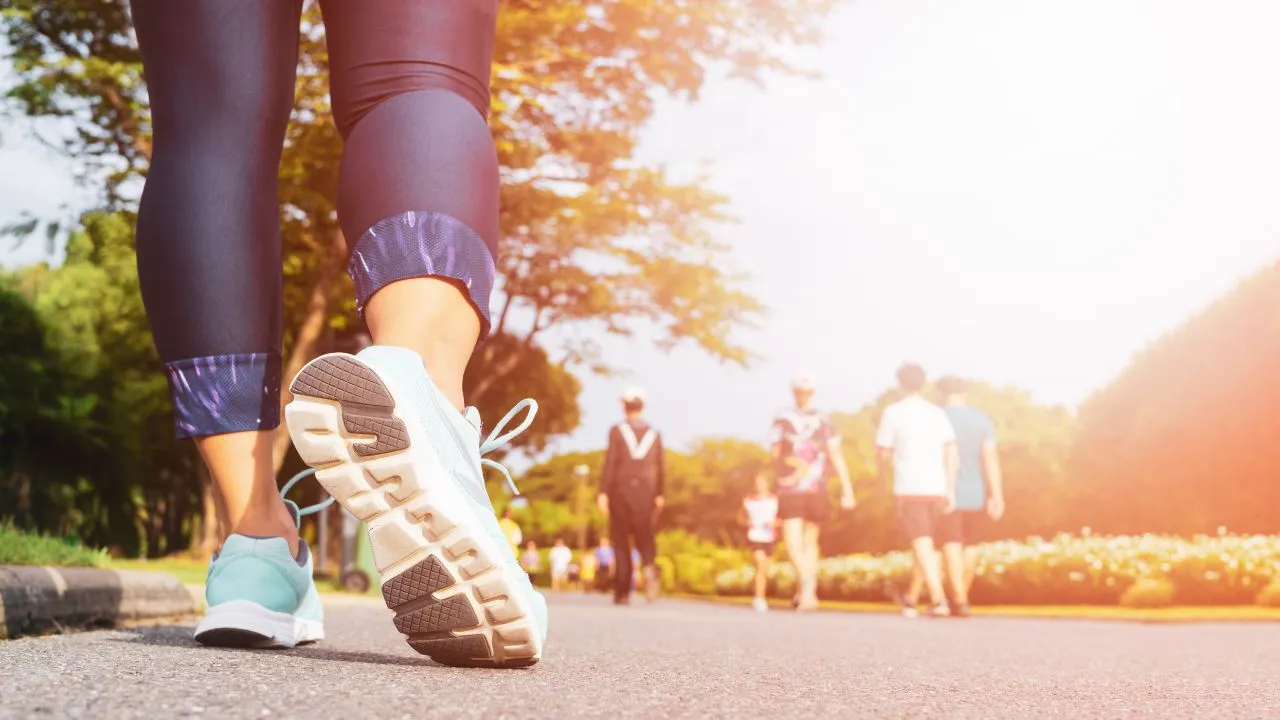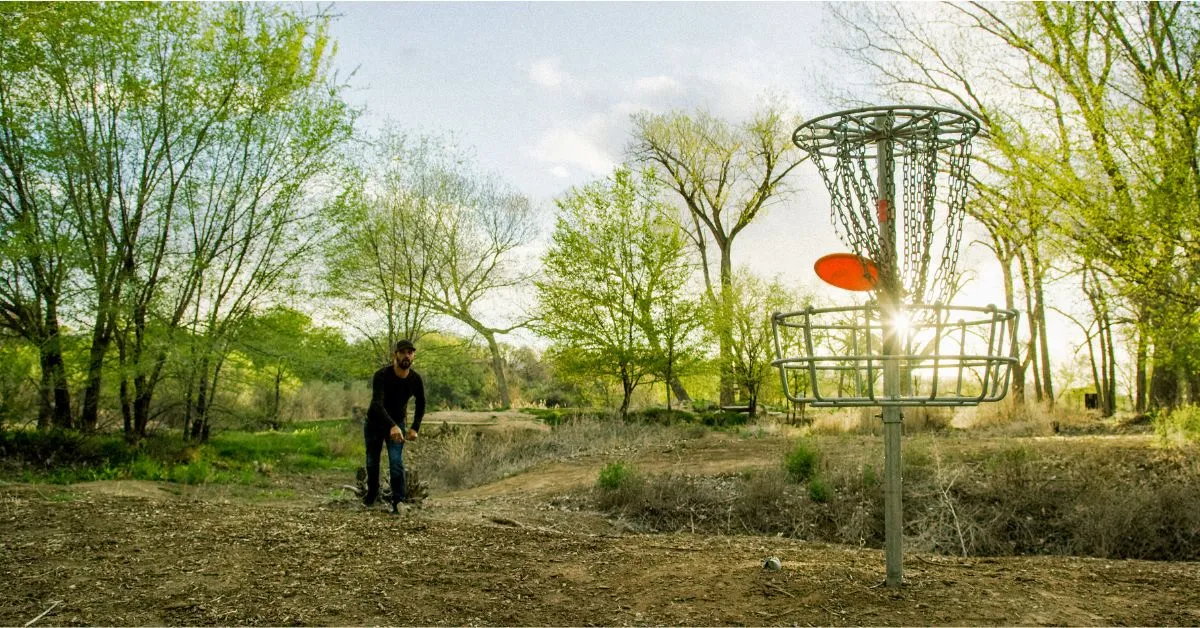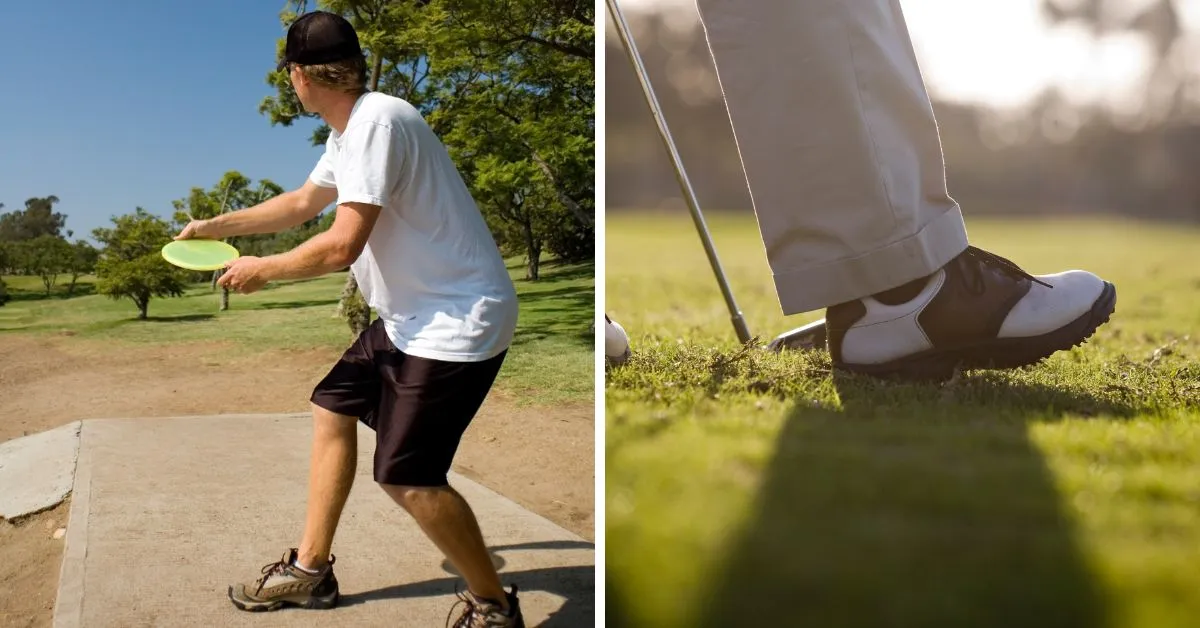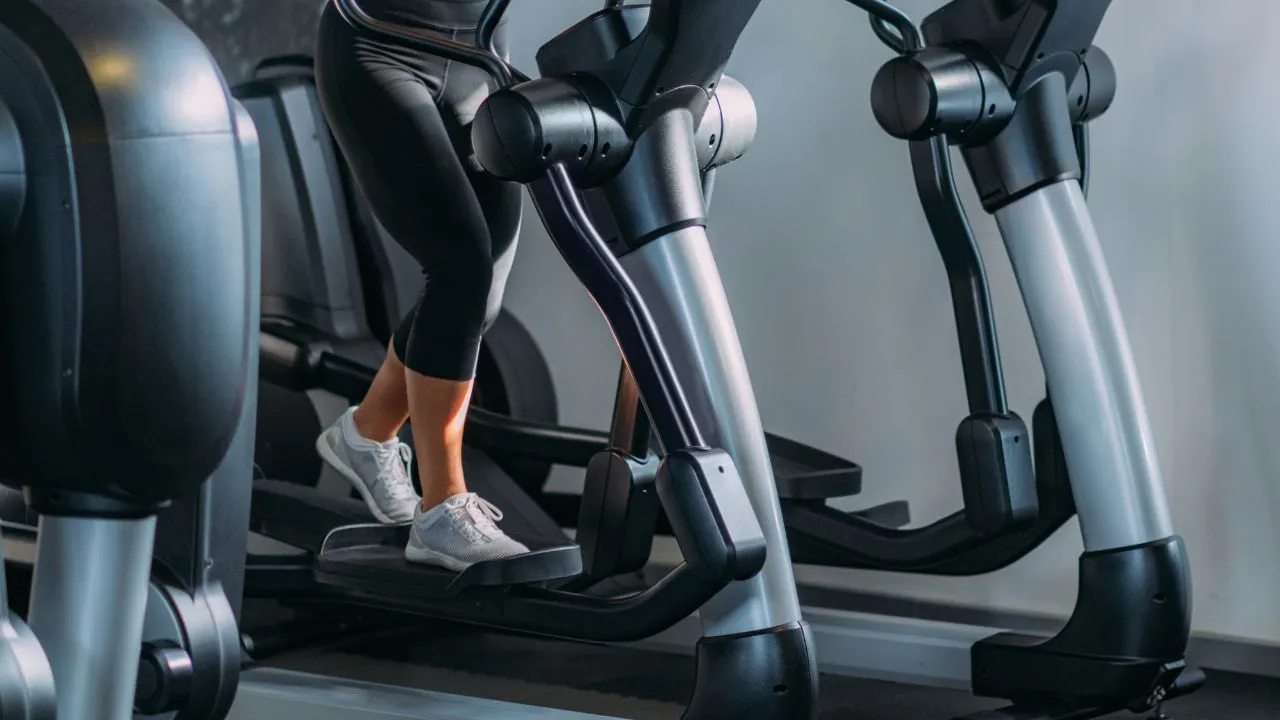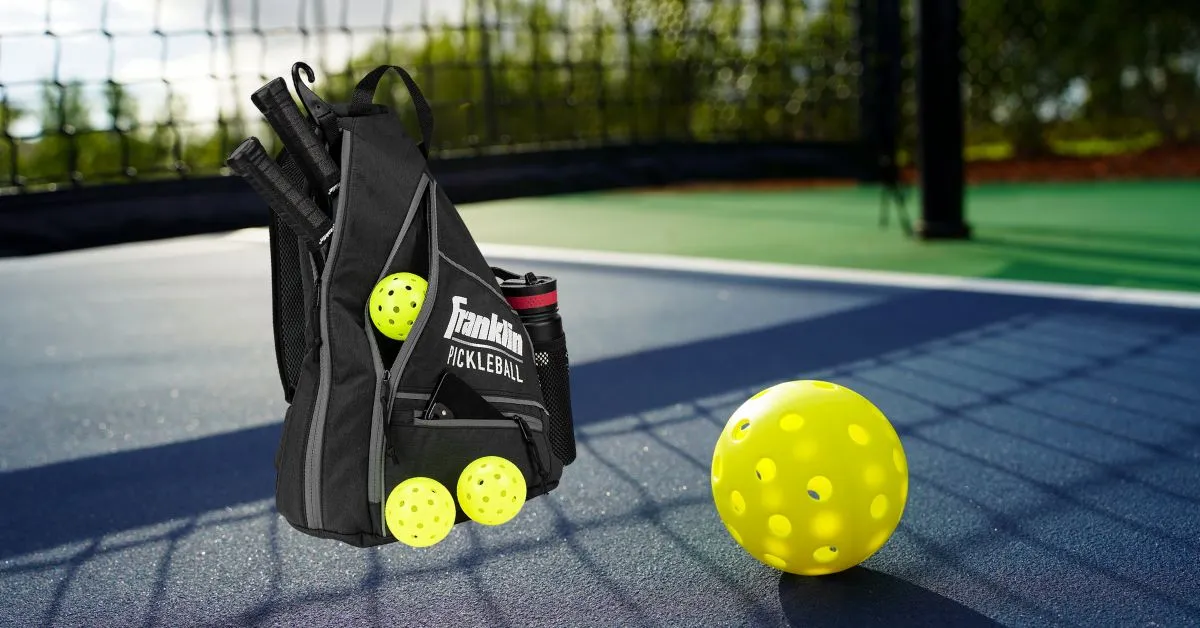Table of Contents
Walking is one of the most fundamental forms of exercise, offering a plethora of health benefits with minimal risk of injury. However, the quality of your walking experience can be significantly influenced by the type of shoes you wear. This comprehensive guide is designed to help you understand what to look for in the best shoes for walking, ensuring comfort, support, and durability.
Key Takeaways:
- The best walking shoes offer a combination of comfort, support, and durability.
- Proper fit and shoe design are crucial for preventing injuries and enhancing walking performance.
- It's important to consider the type of walking and surface when choosing walking shoes.
With detailed and rigorous research, we provide our readers with the finest recommendations. Our recommendations are our opinions. Our cause is backed by reader support- for every click made through one of our affiliates links, a commission may be earned at no extra expense to you! As an Amazon Associate, Reviewsopedia may earn a commission from qualifying purchases. Thank you and enjoy!
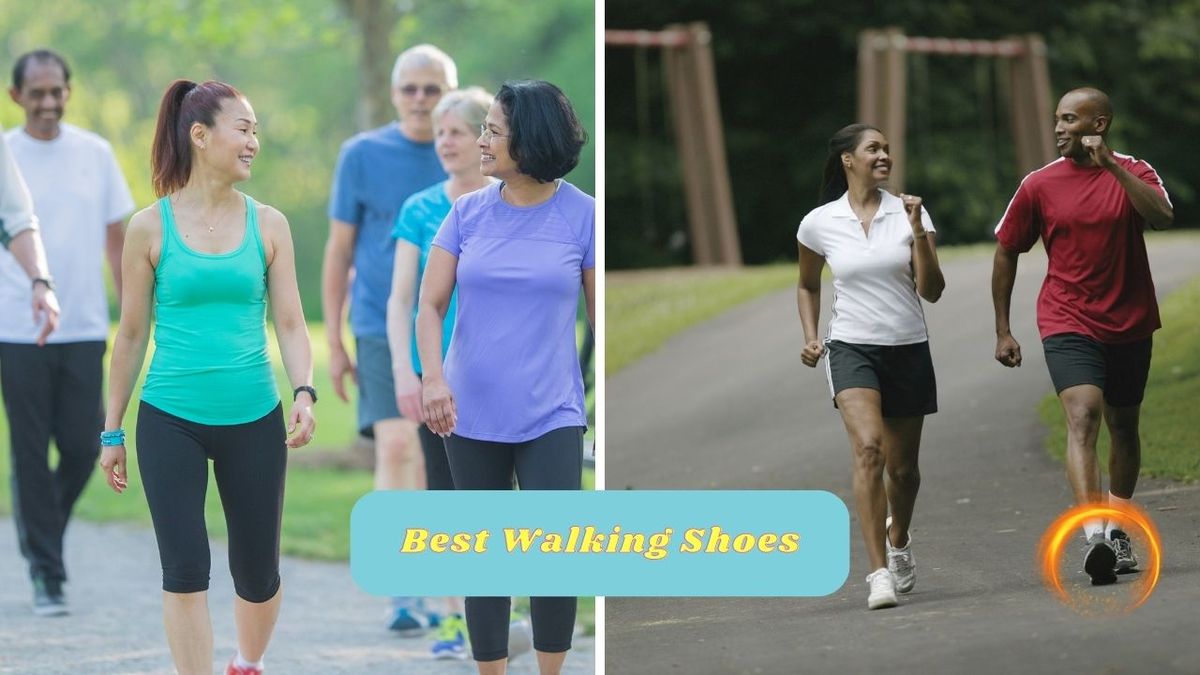
Understanding Walking Shoes: Anatomy and Importance
Walking shoes are engineered with specific features that differentiate them from other types of footwear. A good walking shoe provides adequate cushioning to absorb shock, a flexible sole to allow for the natural roll of the foot, and enough room to accommodate swelling that may occur during long walks. The right pair of walking shoes can prevent injuries and make your walks more enjoyable.
When selecting walking shoes, it's essential to consider the shoe's anatomy. Key components include the outsole, midsole, insole, and the upper. Each part plays a pivotal role in providing support, stability, and comfort. The outsole should offer good traction, the midsole should deliver proper cushioning, the insole should conform to the foot's shape, and the upper should secure the foot without restricting movement.

The Fit Factor: Sizing and Comfort
The fit of your walking shoes is paramount to prevent blisters, calluses, and foot pain. A properly fitted shoe will have about a thumb's width of space between the longest toe and the end of the shoe. This space accommodates foot expansion during walks. Additionally, the heel should fit snugly without slipping, and the width of the shoe should allow for natural foot spread without feeling tight or loose.
Comfort goes hand-in-hand with fit. Walking shoes should feel comfortable right out of the box without the need for a 'break-in' period. The upper part of the shoe should be made of a breathable material to keep the feet cool and dry. Padding on the tongue and collar adds to the comfort, reducing the risk of irritation.
Support and Stability: Key Features
Support and stability in walking shoes are crucial for maintaining proper foot alignment and balance. A supportive shoe will have a strong, contoured footbed and a firm heel counter to keep the heel in place. Arch support is also important, especially for individuals with flat feet or high arches, as it helps distribute weight evenly across the foot.
Stability features often include a wider base and structured cushioning. These elements work together to reduce the risk of overpronation or supination, which can lead to injuries. Walking shoes with good support and stability can also help alleviate pain associated with common foot conditions like plantar fasciitis.

Cushioning and Shock Absorption
Cushioning in walking shoes is designed to absorb the impact that occurs as your foot strikes the ground. Adequate cushioning can reduce stress on the joints and minimize fatigue during long walks. The type of cushioning can vary, with some shoes using foam, gel, or air-based systems.
The placement of cushioning is also important. Walking shoes should have targeted cushioning in the heel and forefoot, as these areas bear the brunt of the impact during walking. However, too much cushioning can reduce stability, so it's important to find a balance that works for your specific needs.
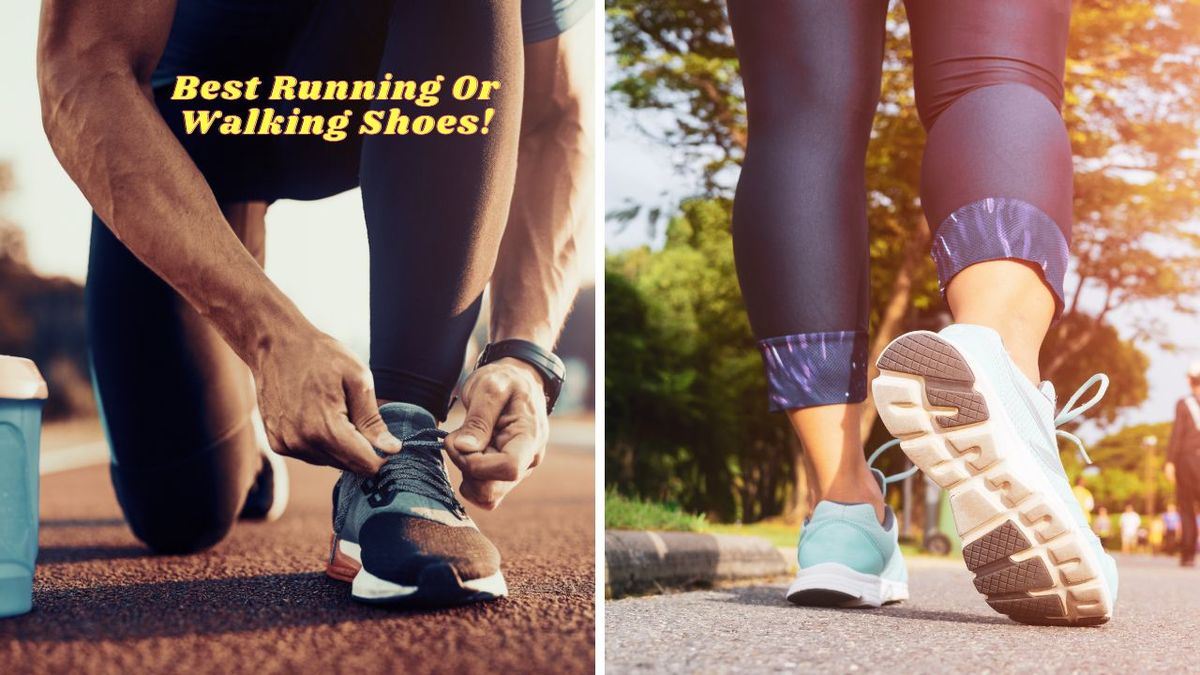
Durability and Material Quality
The durability of walking shoes is influenced by the quality of materials used and the construction of the shoe. High-quality materials can withstand the wear and tear of regular walking, especially on rough surfaces. Look for shoes with a durable rubber outsole and a robust upper made of leather or synthetic materials that can resist abrasion.
The construction of the shoe should also be considered. Shoes with stitched or bonded seams are typically more durable than those with glued seams. Additionally, the method of attaching the upper to the sole (e.g., cementing or welting) can affect the shoe's longevity.
Walking Shoe Styles: Athletic vs. Casual
Walking shoes come in various styles, ranging from athletic to casual. Athletic walking shoes are designed with performance in mind, offering features like responsive cushioning and technical materials. These are ideal for individuals who walk for exercise or who need extra foot support.
Casual walking shoes, on the other hand, may prioritize style and versatility while still providing essential walking shoe features. These shoes are suitable for everyday wear and can easily transition from walking to other activities. When choosing between athletic and casual styles, consider your primary use for the shoes and your personal style preferences.


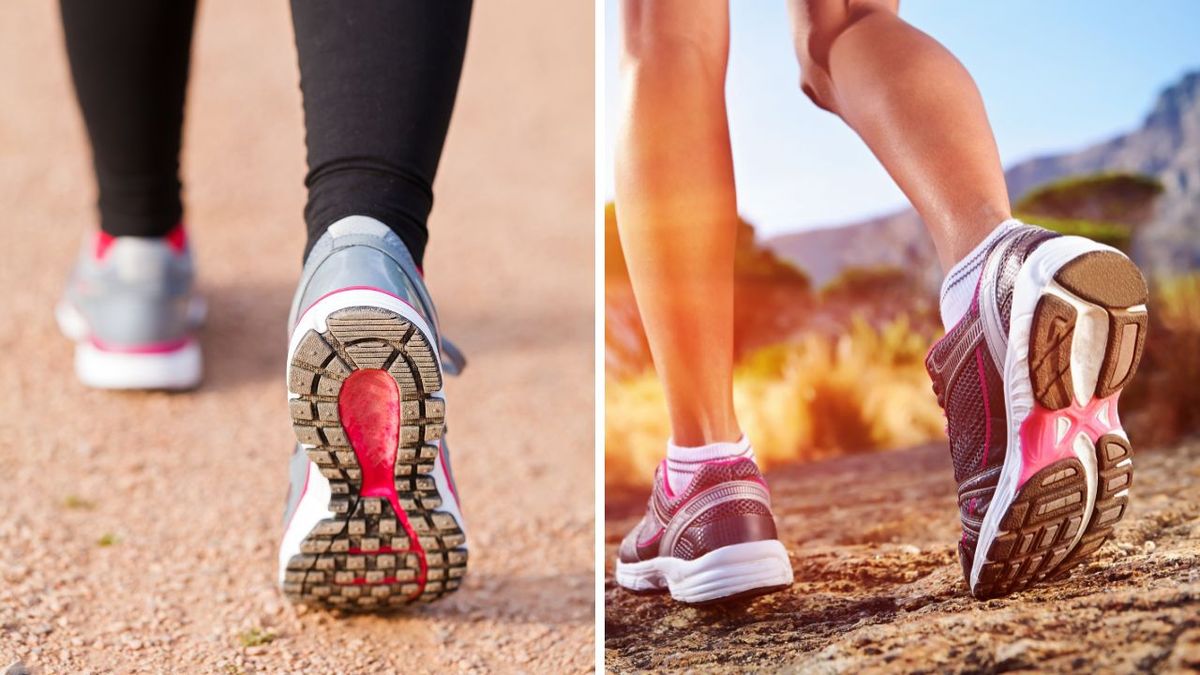
Specialized Walking Shoes: Trail and Travel
For those who walk on uneven terrain or travel frequently, specialized walking shoes may be necessary. Trail walking shoes are designed with aggressive tread patterns for grip and often have waterproof or water-resistant properties. They provide extra protection and support for walking on trails and rough surfaces.
Travel walking shoes are geared towards comfort and versatility, often featuring slip-on designs and lightweight materials. They are easy to pack and offer enough support for sightseeing and exploring new cities. When choosing specialized walking shoes, consider the specific conditions you'll encounter and the level of support and protection you'll need.


The Role of Personal Health and Foot Conditions
Personal health and existing foot conditions play a significant role in choosing the best walking shoes. Individuals with diabetes, for example, may need shoes with extra depth and non-binding uppers to prevent foot complications. Those with arthritis might benefit from shoes with a rocker sole to reduce joint stress.
It's important to consult with a healthcare professional or a certified podiatrist if you have specific foot conditions. They can recommend shoes with the appropriate features to address your needs and ensure a comfortable walking experience.
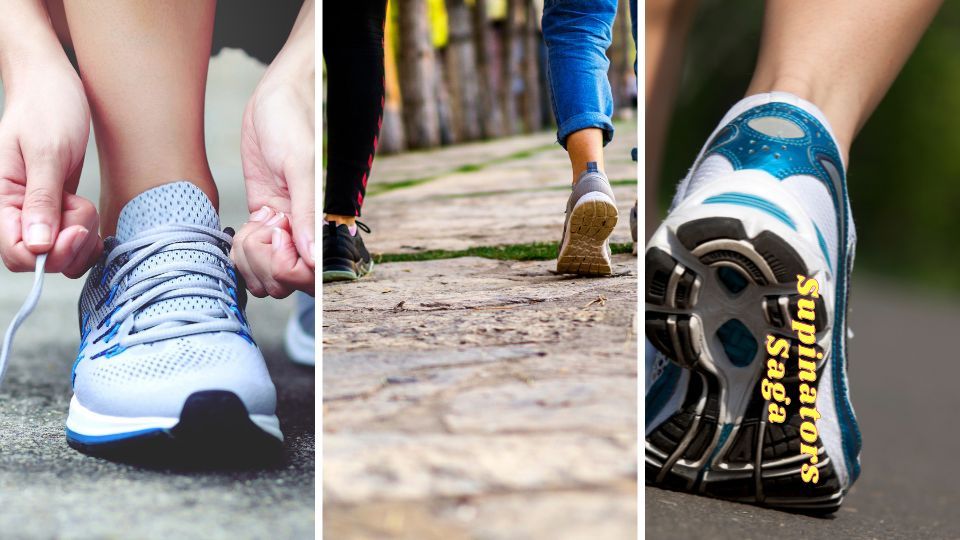
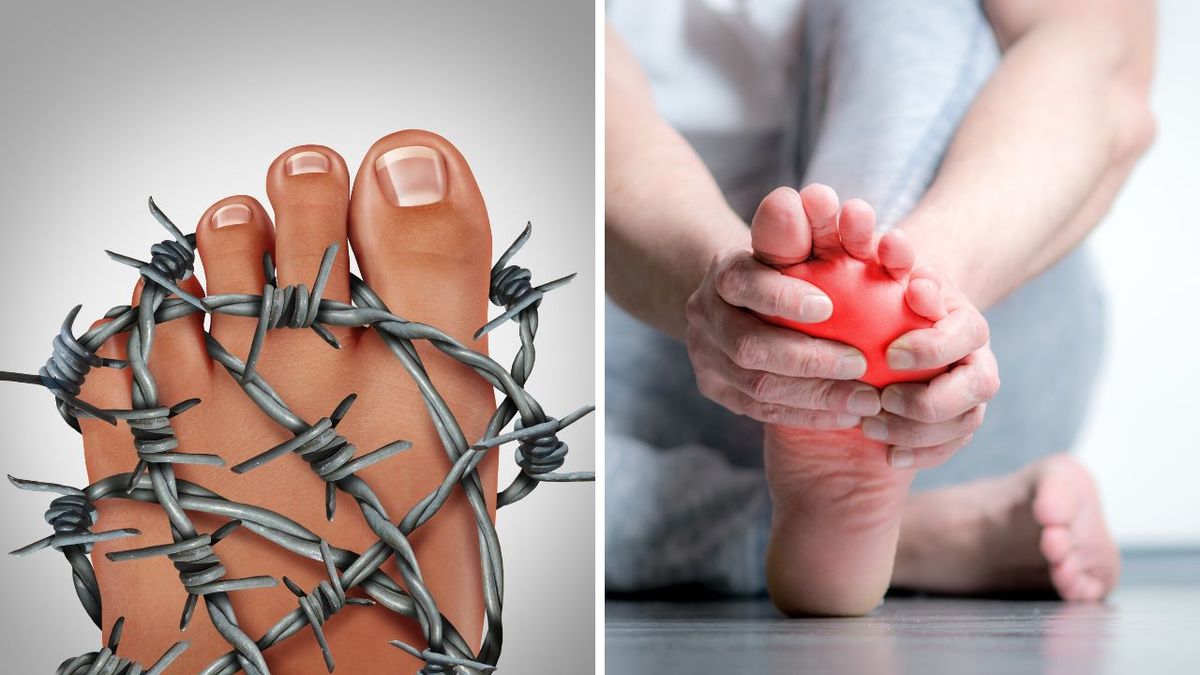
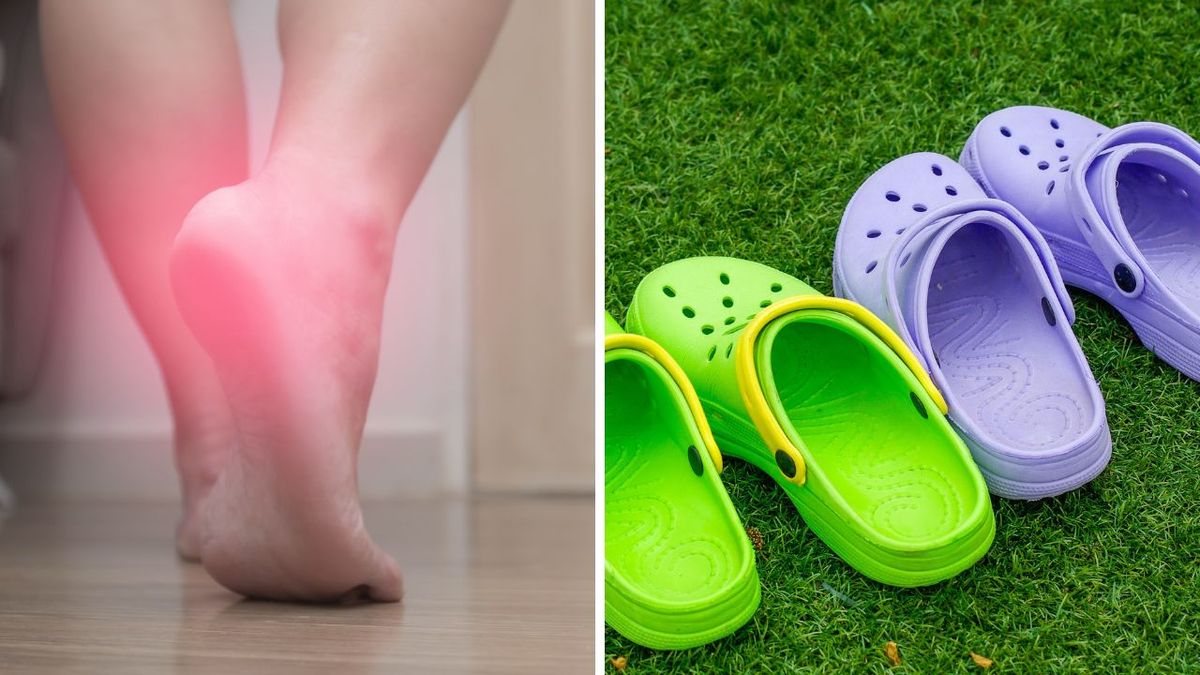
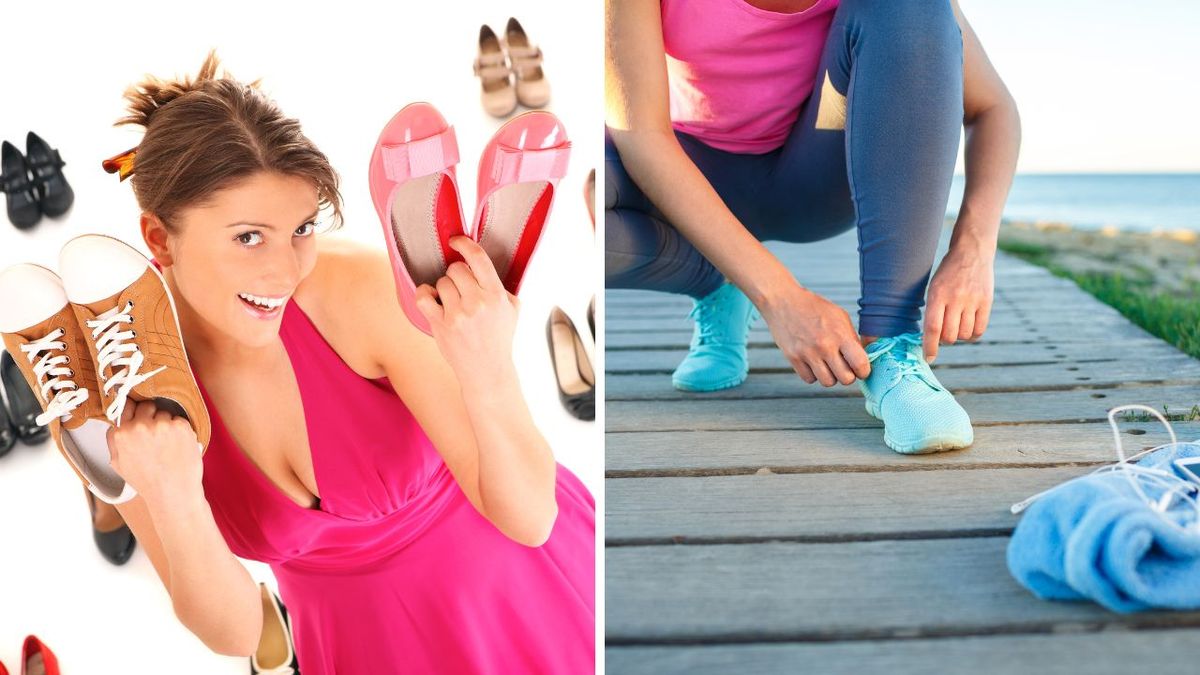


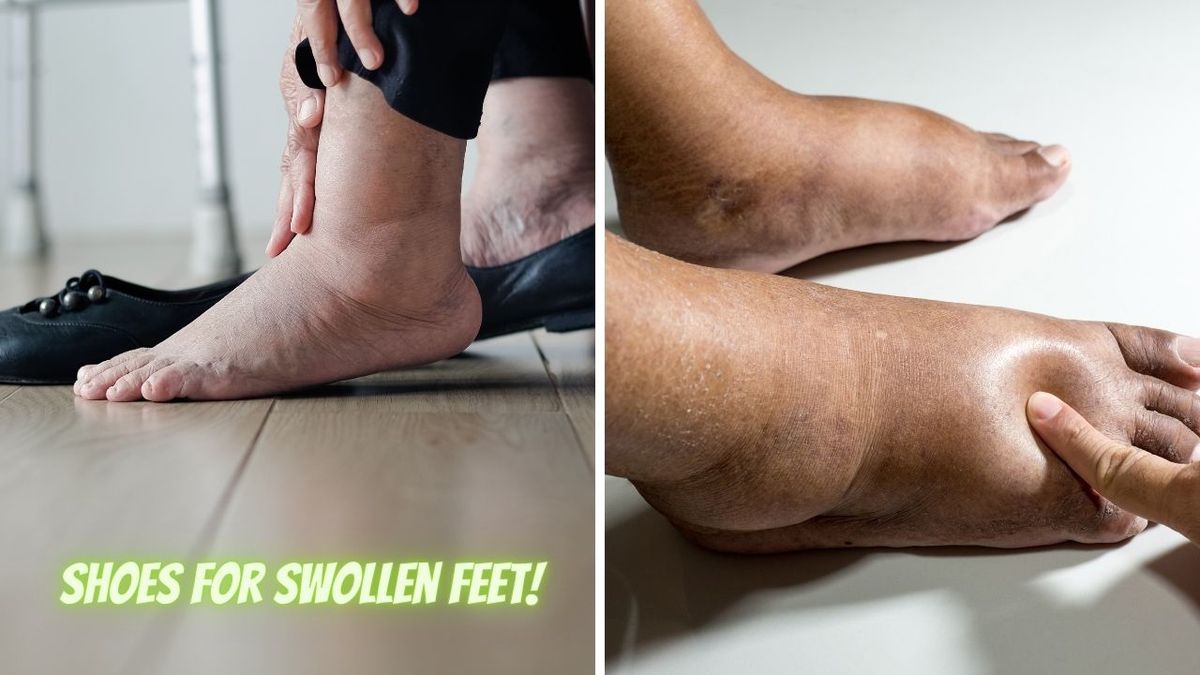
Maintenance and Care of Walking Shoes
To extend the life of your walking shoes, proper maintenance and care are essential. Keep your shoes clean by wiping off dirt and debris after each walk. Allow them to air out between uses to prevent the buildup of moisture and odor. If the insoles are removable, take them out periodically to dry.
Avoid exposing your walking shoes to extreme temperatures, such as leaving them in a hot car or near a heat source, as this can damage the materials. Rotate between two pairs of walking shoes if you walk frequently, giving each pair time to recover and maintain their shape.
When to Replace Your Walking Shoes
Walking shoes should be replaced regularly to ensure they continue to provide the necessary support and cushioning. A general rule of thumb is to replace walking shoes every 300 to 500 miles, depending on your walking habits and the shoe's construction. Signs that it's time for a new pair include worn-out treads, uneven wear on the soles, and noticeable creases in the midsole.
Pay attention to how your shoes feel as well. If you start experiencing new aches or pains while walking, it may be an indication that your shoes are no longer providing adequate support. Keeping track of your mileage and the age of your shoes can help you determine the right time for a replacement.
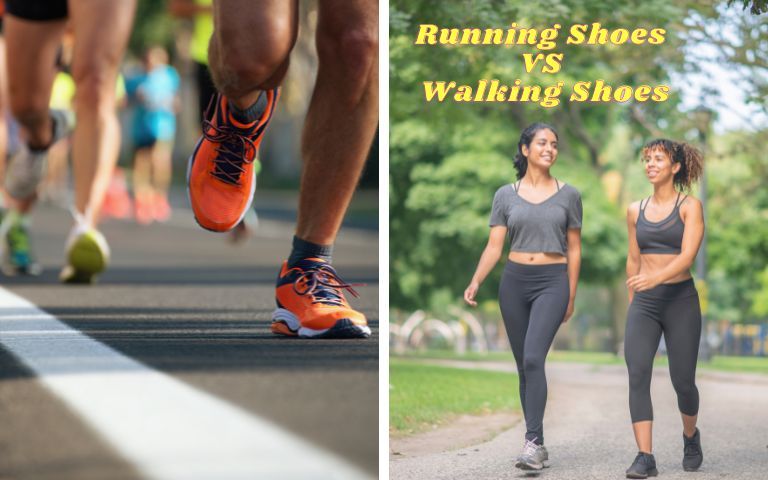
Summary
Choosing the best shoes for walking is a critical decision that can impact your overall health and walking experience. The ideal walking shoe should offer a perfect blend of comfort, support, stability, and durability. Remember to consider your personal health needs, the type of walking you'll be doing, and the surfaces you'll encounter. With the right pair of walking shoes, you can enjoy your walks to the fullest and maintain an active lifestyle.
FAQ Section
How often should I replace my walking shoes?
Walking shoes should generally be replaced every 300 to 500 miles. However, this can vary based on your walking habits, the shoe's quality, and signs of wear and tear.
Can I wear running shoes for walking?
While you can wear running shoes for walking, walking shoes are specifically designed for the walking gait and may provide better support and cushioning for walking activities.
What features should I look for in walking shoes if I have flat feet?
If you have flat feet, look for walking shoes with strong arch support, a structured midsole, and a firm heel counter to help stabilize your feet and prevent overpronation.
Other Related Articles

